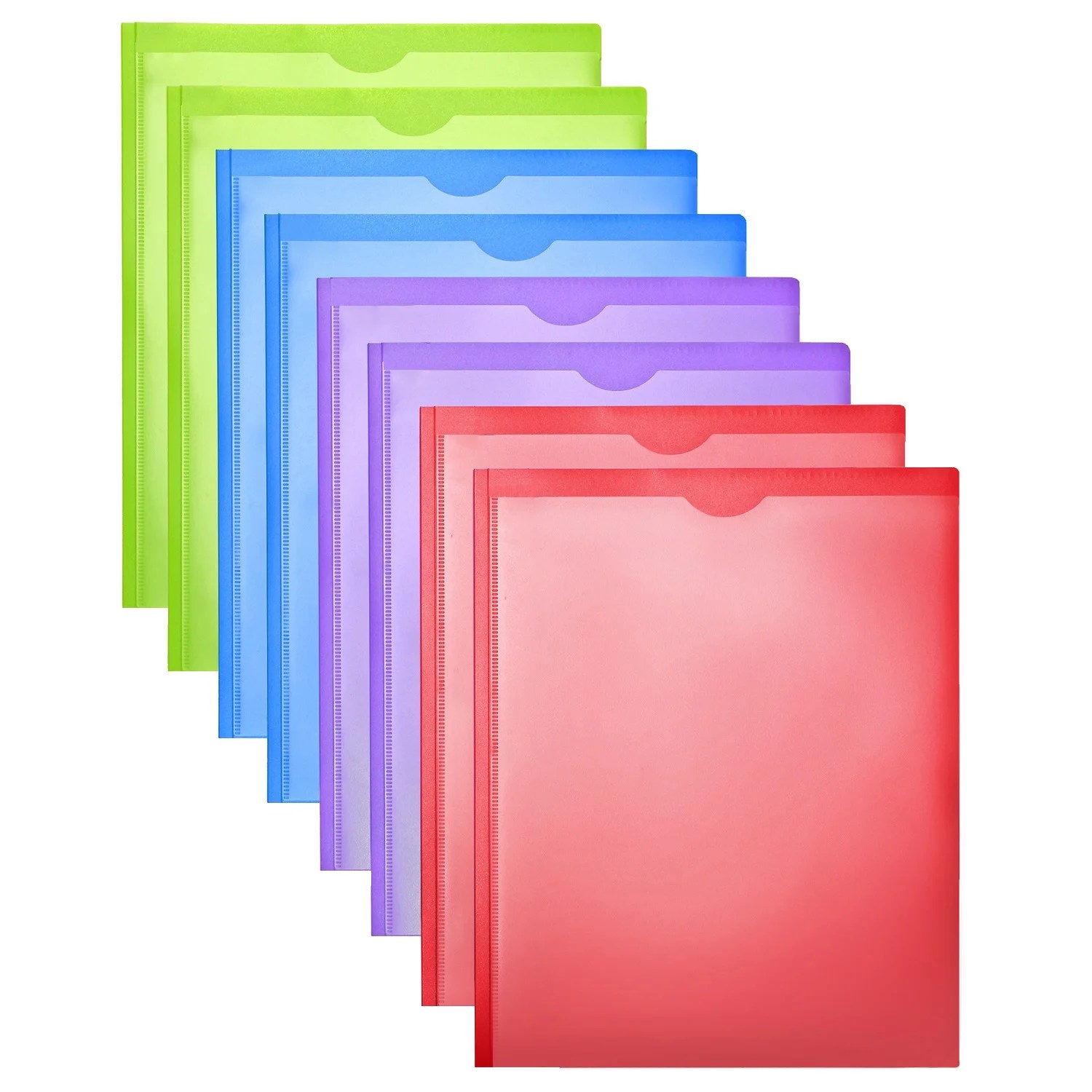The pocket is often seen as a simple functional element of clothing, yet it holds a universe of potential and significance. From the time-honored craftsmanship of tailored suits to the casual charm of denim jeans, the pocket has evolved into a symbol of practicality, style, and even identity. It serves as a canvas for creativity and a place for personal items, all while reflecting the evolving trends of fashion through the ages. In this exploration, we'll delve into the various dimensions of the pocket, its historical significance, and its modern-day applications.
As we navigate through the different types of pockets and their uses, we will uncover how they have adapted to meet the needs of changing lifestyles. The pocket is more than just a functional feature; it is a statement piece that can enhance or define an outfit. Whether it's the classic breast pocket of a blazer or the slouchy side pocket of a relaxed hoodie, the pocket invites us to express our individuality and practicality simultaneously.
Join us on this captivating journey as we unfold the story of the pocket, exploring its design variations, historical context, and cultural relevance. Why do we value pockets so much? What do they say about us? Let’s embark on this exploration of one of fashion's most understated yet pivotal elements: the pocket.
What is the Historical Significance of the Pocket?
The pocket has a rich and intriguing history that dates back centuries. Initially, pockets were separate items that were tied around the waist and hidden beneath clothing. In the 17th century, pockets began to be sewn directly into garments, allowing for greater accessibility and convenience. Their evolution reflects changes in societal norms, gender roles, and fashion trends.
How Have Pockets Evolved Over Time?
As time progressed, pockets adapted to the needs of the wearer. The Industrial Revolution brought about mass production of clothing, leading to standardized pocket shapes and sizes. Today, pockets come in various styles, including:
- Patch pockets
- Welt pockets
- Flap pockets
- Side-seam pockets
Each style serves a distinct purpose while contributing to the overall aesthetic of the garment.
What Are the Different Types of Pockets?
Pockets can be classified into several distinct categories based on their design and placement. Here are some popular types of pockets you may encounter:
What Are Patch Pockets?
Patch pockets are simply pieces of fabric sewn onto the exterior of a garment. They are commonly found on shirts, jackets, and bags. Patch pockets add a casual, relaxed vibe to outfits, making them a favorite choice for everyday wear.
What Are Welt Pockets?
Welt pockets are more formal and feature a narrow opening with a flap or no flap at all. They are typically found in tailored suits and dress trousers, offering a sleek appearance while maintaining functionality.
Why Are Pockets Important in Fashion?
Pockets play a crucial role in fashion, offering both practicality and style. They allow individuals to carry essential items securely without compromising their look. Moreover, pockets can enhance the overall silhouette of an outfit, creating balance and proportion.
How Do Pockets Reflect Personal Style?
The type and placement of pockets can say a lot about an individual's personal style. For instance, oversized pockets may convey a laid-back, casual aesthetic, while neatly tailored pockets suggest sophistication and refinement. Fashion-forward individuals often use pockets as a means to express their unique sense of style.
What Are Some Modern Trends in Pocket Design?
In recent years, pocket design has undergone a renaissance, with designers experimenting with shapes, sizes, and placements. Some notable trends include:
- Asymmetrical pocket placements
- Decorative pocket flaps
- Functional pockets in athleisure wear
- Innovative pocket designs in outerwear
These trends showcase the versatility of the pocket and its ability to adapt to contemporary fashion needs.
What Are Some Fun Facts About Pockets?
Pockets may seem like simple features, but they come with some surprising trivia. Here are a few fun facts:
- The word "pocket" is derived from the Old French word "poque," meaning bag.
- In the 1800s, men's clothing often featured larger pockets than women's, reflecting societal norms regarding gender roles.
- Pockets in women's fashion have historically been less common, often leading to the creation of handbags.
Conclusion: The Pocket's Timeless Appeal
In conclusion, the pocket is a remarkable element of clothing that combines functionality with style. Its rich history, diverse types, and cultural significance make it a fascinating subject worthy of exploration. Whether you appreciate the practicality of pockets or their potential for self-expression, they undoubtedly hold a special place in the world of fashion.
So, next time you slip your hand into the pocket of your favorite jacket or dress, take a moment to appreciate the beauty and significance of this small but mighty feature. The pocket is a testament to the evolution of fashion, embodying the perfect balance between utility and style.




